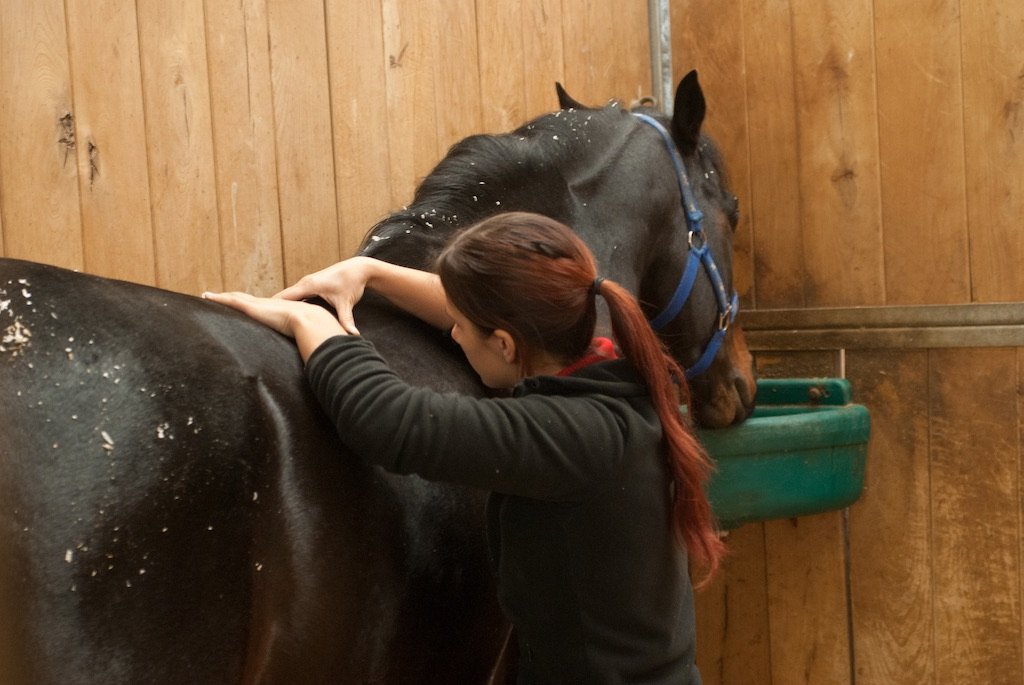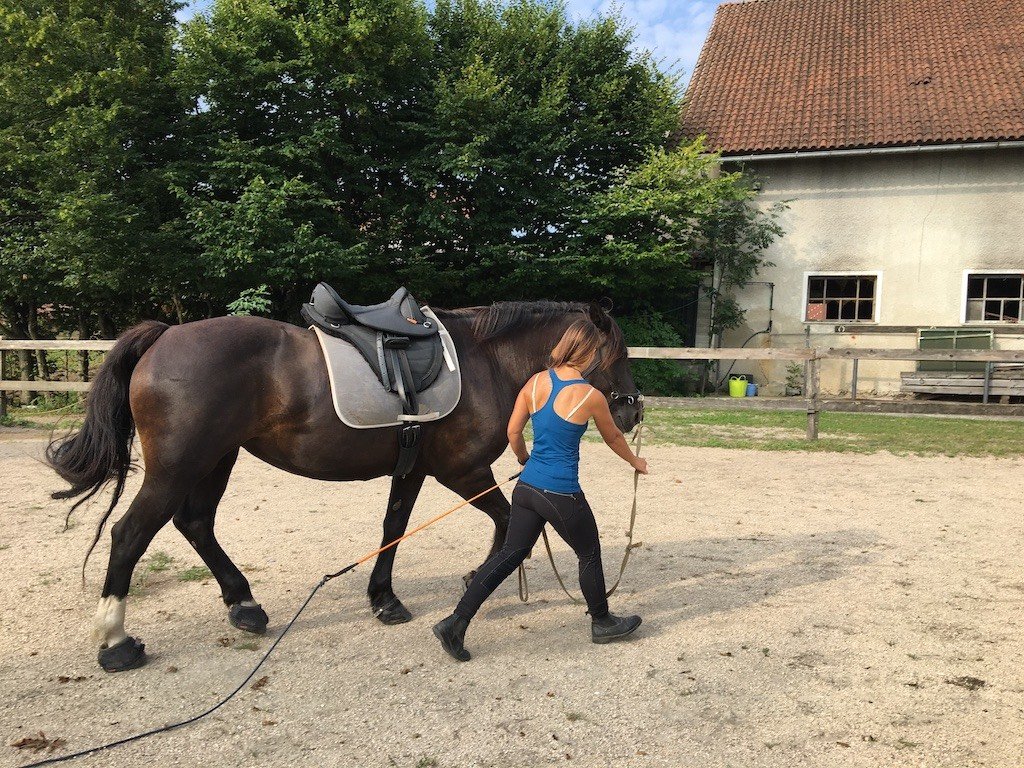Restore function first, strengthen second
Before we strengthen the core, we need to make sure the spine has an optimal range of motion.
A horse needs strength to carry a rider, we all know that. Despite being really big, they are not made to carry an extra passenger on their back. This means they can only do so, if we first prepare their bodies for the task. In recent years there has been a lot of talk about strengthening the horse's core, which is a really important step in training. Without a strong core, the spine is not supported and protected, which leads to dysfunction and pain.
If you do a quick Google or YouTube search, you will find countless ways to strengthen the horse's core musculature – everything from carrot stretches, to belly lifts, working over cavaletti, balance exercises and so on. These are all great exercises, if we know when and how to apply them. If we want them to have the desired effect, we need the structures involved in the exercise to be functional. This doesn't mean just the muscle we are targeting; this means all the structures that muscle has an effect on. So, all the joints it effects, all the muscles that share its function, all the muscles that have an opposing function and all the fascia around the area.
Carrot stretches are a great way to strengthen the core, if the spine is functional.
When we are talking about the abdominal muscles, which have an effect on the position of the entire spine and pelvis, we can see that we need a whole lot of other structures to be functional, before strengthening them can have a positive effect. If we have excess tension in the psoas muscles or the diaphragm this will limit the range of motion of the lumbar spine. In this case trying to strengthen the abdominal muscles with belly lifts will only create more tension, as the body will be working against itself. The same goes for strengthening the thoracic sling. Yes, those muscles need to be strong, but we need to make sure the horse has enough range of motion in the base of the neck for them to actually do their job. If the area between the last cervical and first thoracic vertebrae can't move, because there is too much tightness around it, no amount of strength training in the thoracic sling muscles will benefit the horse.
Teaching good posture is an important step in re-educating horses.
This is especially important in horses we are trying to re-educate. If they were not properly trained in the past, chances are they will have compensation patterns in their bodies, limiting their range of motion. With these horses we won't get very far if we just try to strengthen them. With re-educating horses, the process should always go like this. First, release excess tightness and restore range of motion. Second, teach the horse healthier movement patterns and good posture. And third, strengthen his muscles to make the correct movement easy.


